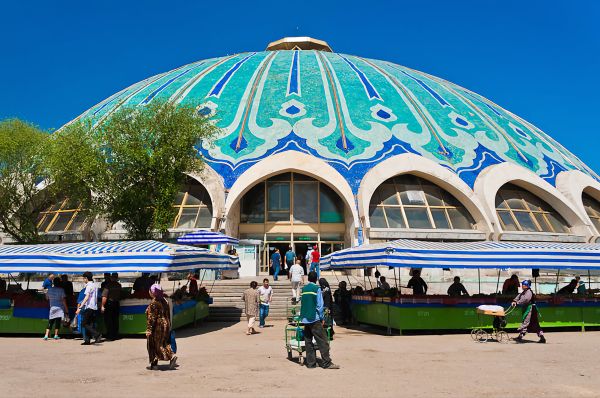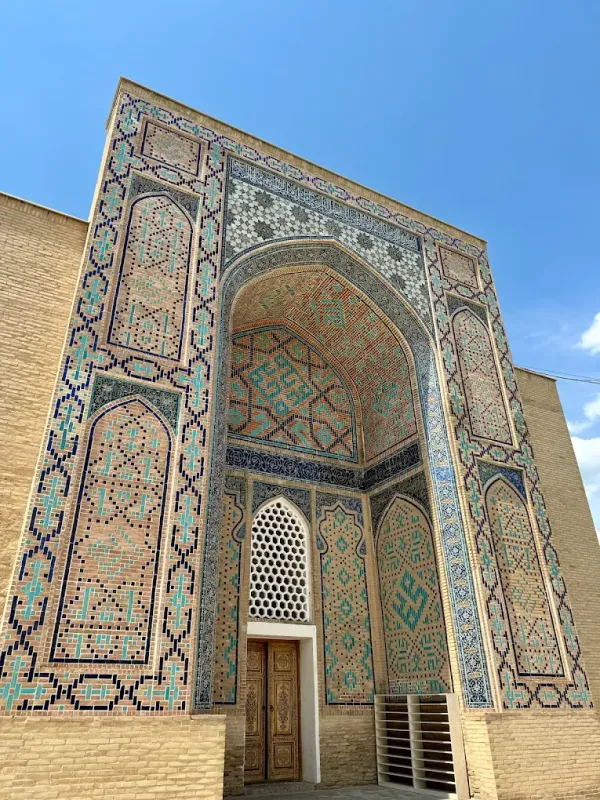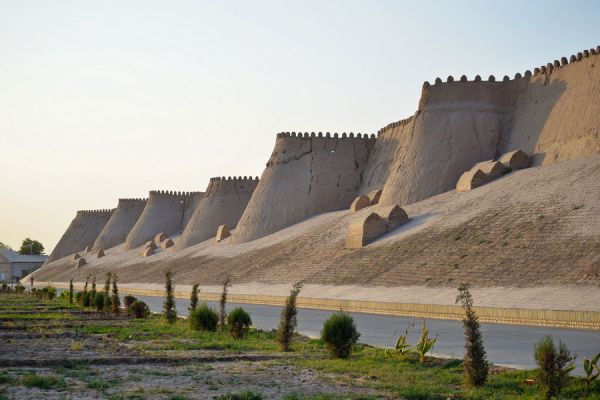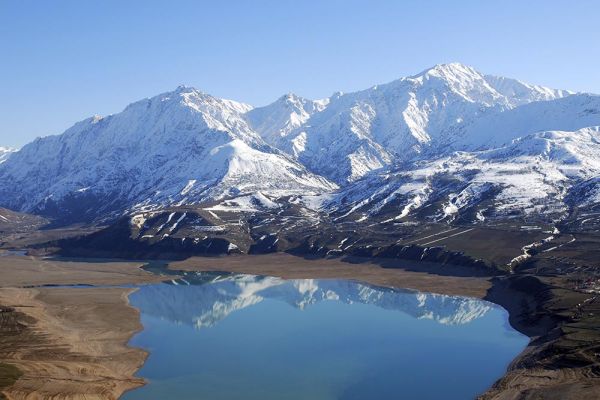Arab Muhammad Khan Madrasah
The Arab Muhammad Khan Madrasah is one of the oldest architectural monuments in Khiva. It is located in the heart of Ichan-Kala, next to another equally famous but later madrasah of Muhammad Aminkhan. The madrasah was built by order of the ruler of Khorezm, Sheibanid Arab Muhammad Khan, in honor of the transfer of the capital of the state from Urgench to Khiva.
The Arab Muhammad Khan, after whom the madrasah is named, was a famous figure in the history of Khorezm. He ruled in 1603-1621. During this time, he achieved significant success in government. It was by his order that Khiva became the new capital of the Khorezm state. Under his rule, Khiva turned into one of the most beautiful cities in Central Asia, not inferior in beauty to Bukhara and Samarkand. He has carried out many works on the improvement of the city. By his order, madrassas, mosques, and civic facilities were built, although not many of them have survived to this day.
In 1616, to commemorate this significant event, the Arab Muhammad ordered the construction of a madrasah for the residents of the city. Originally, there was another small madrasa on the site of the current building, built by a famous Khiva woman. The Arab Muhammad bought this building from her along with the neighboring lands.
The madrasah was a rectangular one-story brick building. The entrance portal traditionally has an inscription from the Koran. There were small minarets at the corners of the building. The madrasa has hujras for students, as well as a mosque for prayers. There are study rooms on the side of the mosque.
The madrasah has been rebuilt and restored several times. In 1838, due to the dilapidation of the building, by order of the ruler of Khorezm, Allakulikhan, the madrasah was rebuilt in accordance with the standards inherent in the late architecture of Khiva. A second floor has been added. The number of hujras and study rooms in the madrasah has increased. The building's portal was partially redesigned. It is in this form that it has been preserved to this day. Today, the madrasah is one of the favorite places of tourists from all over the world.














